How to Make Working Out a Habit
 One of the problems people face when they start any fitness program is impatience. It’s especially hard for people who never exercised before and expect to see changes immediately. It took a long time for your body to get out of shape and it will take a while, but not as long, to start seeing the fruits of your efforts. You have to make working out a habit and do it consistently. Why make it a habit? Because it becomes automatic and you actually feel uncomfortable when you don’t do it. You feel like you’re missing something.
One of the problems people face when they start any fitness program is impatience. It’s especially hard for people who never exercised before and expect to see changes immediately. It took a long time for your body to get out of shape and it will take a while, but not as long, to start seeing the fruits of your efforts. You have to make working out a habit and do it consistently. Why make it a habit? Because it becomes automatic and you actually feel uncomfortable when you don’t do it. You feel like you’re missing something.
Make your workout session the same time every day.
Committing to a specific time makes your workout a standing appointment. If you’re scheduling something, you’ll automatically know that your scheduled is filled at that specific time of day. It’s like your regular work schedule. Unless there’s no other option, you wouldn’t schedule any other appointment when you’re supposed to be working. If your day is chaotic, schedule your workout early, before the chaos begins. Your workout can become part of your morning routine, like showering or brushing your teeth.
Follow the recommendations of your trainer and start slower at first.
You may want to immediately do as many push-ups as possible, start slower and focus on form when you first start your workout program. Having the right form and getting your body to adjust exercise can help you avoid injury, which can interrupt any plan to make working out a habit. Your body will rust out before it wears out, so while you might feel a few aches at first, it shouldn’t be so painful that you can’t move.
Be prepared to workout and it will be easier.
If you have everything laid out the night before, it will be easier to workout the next day. I highly recommend you have at least two sets of workout clothes, so you don’t have to rush and wash them as soon as you get home, and stay up until they’re dry to pack them. You can pack your second set. Whether you workout in the morning, at lunch or after work, having your clothes ready will take the pressure off in the morning. You can even put your gym bag in the car that night.
- Workout with a friend. Some people use a personal trainer as their workout buddy that holds them accountable for showing up, while others find a friend at the gym or start working out with a friend.
- Enjoy getting fit. It’s one reason Revolution Training gets such great results. People have fun with our program and look forward to coming, which means they’ll be more likely to get fit.
- Don’t think forever when you workout, just think a week or a month. If you start working out, thinking it’s what you have to do forever, it can be overwhelming. Set a goal to workout a month and then when you accomplish it, go for working out two months at the same time each day.
- Track your progress and record it. It might not seem like a lot, but when you get discouraged, look at how much you’ve progressed, whether it’s amount of weight lifted or number of sets. You can also track something as simple as how many flights of stairs you can climb without getting winded.
For more information, contact us today at Revolution Training

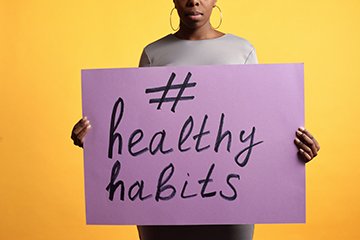
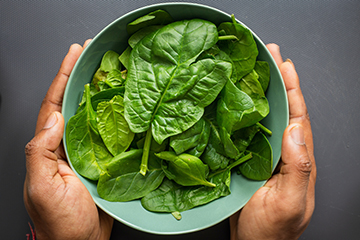
 If you started a keto diet, which means choosing lower carb options at meals, but also know that a balanced diet rich in vegetables is important for good health, finding low carb veggies is important. At Revolution Training in Stamford, CT, we focus on boxing, strength building and good nutrition, so we’re always glad to answer dietary questions about nutrition, since it’s such an important part of any fitness program.
If you started a keto diet, which means choosing lower carb options at meals, but also know that a balanced diet rich in vegetables is important for good health, finding low carb veggies is important. At Revolution Training in Stamford, CT, we focus on boxing, strength building and good nutrition, so we’re always glad to answer dietary questions about nutrition, since it’s such an important part of any fitness program.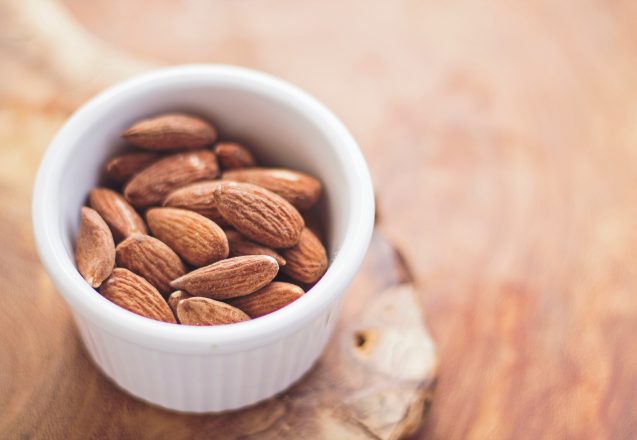
 Some people simply need to eat at bedtime to help them sleep. Others find eating may disrupt their sleep. Why is there so much difference and who is right? That’s a good question, since there is quite conflicting evidence for both eating and fasting late at night. One drawback occurs if you’re prone to acid reflux. It can be exacerbated if you eat and then lay down.
Some people simply need to eat at bedtime to help them sleep. Others find eating may disrupt their sleep. Why is there so much difference and who is right? That’s a good question, since there is quite conflicting evidence for both eating and fasting late at night. One drawback occurs if you’re prone to acid reflux. It can be exacerbated if you eat and then lay down.
 Did you injure your foot or ankle? Is a sprain, stress fracture, plantar fasciitis, or heel spurs put you on the bench? You don’t have to stop exercising. You can exercise with bad feet or ankle problems, but you have to make some changes until the problem is solved. At Revolution Training in Stamford, CT, we focus on creating individualized programs, which consider your level of fitness and special needs. You don’t have to give up all the gains you’ve made or put off getting back into shape because your foot hurts. Remember, before starting any workout program, always check with your health care professional first.
Did you injure your foot or ankle? Is a sprain, stress fracture, plantar fasciitis, or heel spurs put you on the bench? You don’t have to stop exercising. You can exercise with bad feet or ankle problems, but you have to make some changes until the problem is solved. At Revolution Training in Stamford, CT, we focus on creating individualized programs, which consider your level of fitness and special needs. You don’t have to give up all the gains you’ve made or put off getting back into shape because your foot hurts. Remember, before starting any workout program, always check with your health care professional first.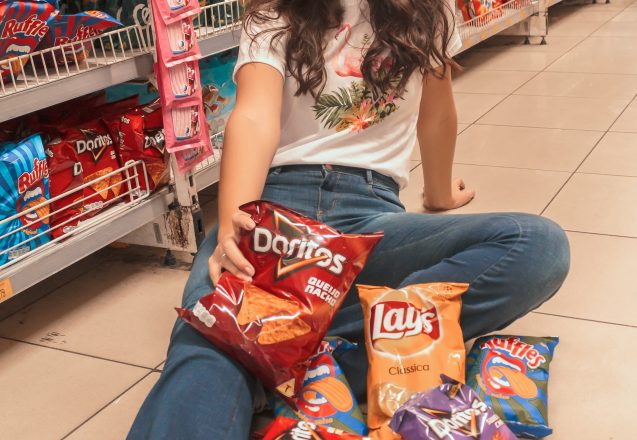
 Are your meals all from a container or have a paper wrapper around them? Maybe you’re eating too many processed foods if that’s true. Labeling all processed food as bad is a generalization and not exactly correct. If you wash fruits and vegetables, they’re processed. Cooking them also makes them processed. That doesn’t mean they’re unhealthy. In fact, frozen fruits and vegetables, which are processed, may be healthier than fresh ones you buy off the grocery shelf. If they’re allowed to ripen on the vine and then frozen at a nearby processing center, they’re fresher and filled with more nutrients that freezing doesn’t destroy.
Are your meals all from a container or have a paper wrapper around them? Maybe you’re eating too many processed foods if that’s true. Labeling all processed food as bad is a generalization and not exactly correct. If you wash fruits and vegetables, they’re processed. Cooking them also makes them processed. That doesn’t mean they’re unhealthy. In fact, frozen fruits and vegetables, which are processed, may be healthier than fresh ones you buy off the grocery shelf. If they’re allowed to ripen on the vine and then frozen at a nearby processing center, they’re fresher and filled with more nutrients that freezing doesn’t destroy.
 You’ll find people of all ages that come to Revolution Training in Stamford, CT. Each of them have a very personal goal. Some just want to get healthier or lower their high blood pressure. Those individuals often combine the exercise program with a DASH diet. What is a DASH diet? DASH stands for Dietary Approaches to Stop Hypertension. It’s not really a diet but a lifestyle change. The training at Revolution Training, combined with the DASH way of eating can bring blood pressure back to normal without medication. The National Institutes of Health sponsored the research.
You’ll find people of all ages that come to Revolution Training in Stamford, CT. Each of them have a very personal goal. Some just want to get healthier or lower their high blood pressure. Those individuals often combine the exercise program with a DASH diet. What is a DASH diet? DASH stands for Dietary Approaches to Stop Hypertension. It’s not really a diet but a lifestyle change. The training at Revolution Training, combined with the DASH way of eating can bring blood pressure back to normal without medication. The National Institutes of Health sponsored the research.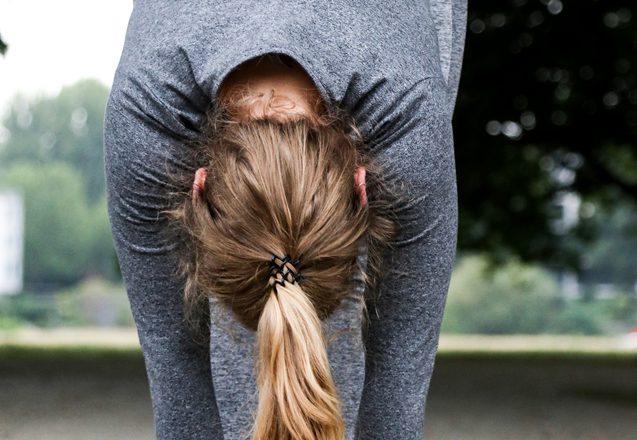
 We focus on safety and form at Revolution Training in Stamford, CT, and part of that focus includes ensuring clients warm up and cool down when they workout. We use all types of stretching, active stretching, passive stretching, dynamic stretching and static stretching. Active stretching is the opposite of passive stretching. When you do passive stretching, you apply force to stretch the muscle, like grabbing your ankle and pulling for a bent knee quad stretch. Active stretching is doing the movement to stretch, hands over your head stretch and bend down to touch your toes.
We focus on safety and form at Revolution Training in Stamford, CT, and part of that focus includes ensuring clients warm up and cool down when they workout. We use all types of stretching, active stretching, passive stretching, dynamic stretching and static stretching. Active stretching is the opposite of passive stretching. When you do passive stretching, you apply force to stretch the muscle, like grabbing your ankle and pulling for a bent knee quad stretch. Active stretching is doing the movement to stretch, hands over your head stretch and bend down to touch your toes.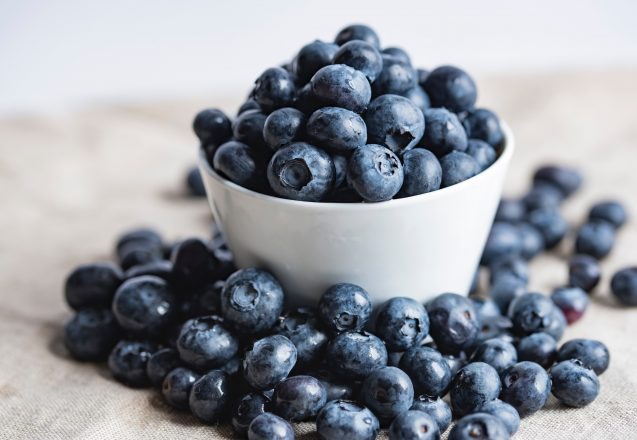
 Some people opt for commercially made post workout foods to refuel after a workout. They’re not what we normally recommend, but do have all the nutrients necessary to get your body going and help speed recovery. Best of all, these types of products are easy to use and extremely portable. Whether you opt for a made-at-home post workout food or one you purchased that’s ready-made, it’s important to have the right combination to aid in building muscle tissue, boost your immune functioning, reduce muscle soreness, improve bone mass and help the body burn excess body fat.
Some people opt for commercially made post workout foods to refuel after a workout. They’re not what we normally recommend, but do have all the nutrients necessary to get your body going and help speed recovery. Best of all, these types of products are easy to use and extremely portable. Whether you opt for a made-at-home post workout food or one you purchased that’s ready-made, it’s important to have the right combination to aid in building muscle tissue, boost your immune functioning, reduce muscle soreness, improve bone mass and help the body burn excess body fat.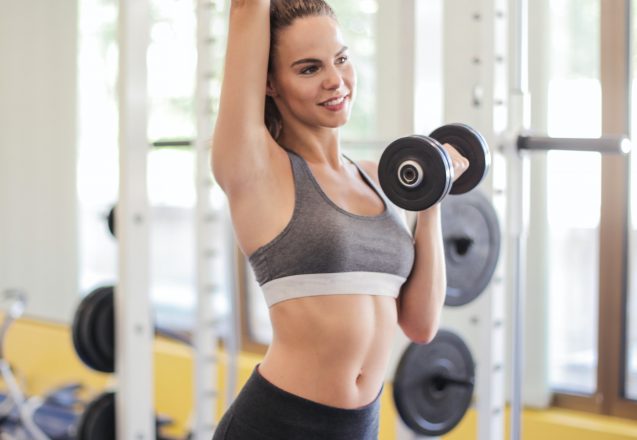
 With the weather warming, everyone is starting to think about those batwings and flabby arms that have been in hiding under layers of clothing all winter. If you’re one of our boxing students, you probably don’t need workouts for toned arms, because boxing naturally tones the arms. However, for everyone else, these workouts can change flab into toned muscle quickly. If you’ve recently lost a lot of weight, it may take a little time for the skin to tighten.
With the weather warming, everyone is starting to think about those batwings and flabby arms that have been in hiding under layers of clothing all winter. If you’re one of our boxing students, you probably don’t need workouts for toned arms, because boxing naturally tones the arms. However, for everyone else, these workouts can change flab into toned muscle quickly. If you’ve recently lost a lot of weight, it may take a little time for the skin to tighten.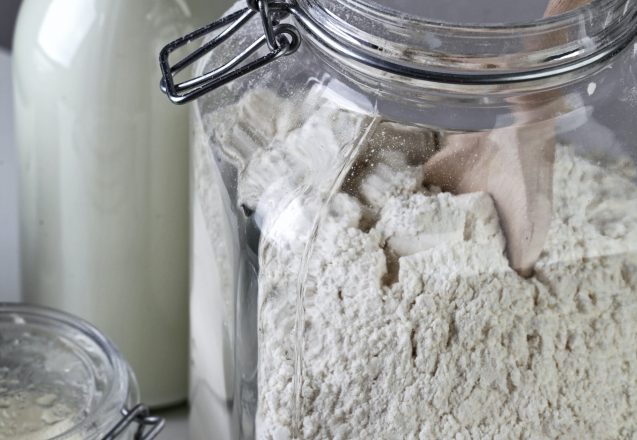
 At Revolution Training in Stamford, CT, we value our clients and often think of them as family. That’s why we spend a lot of time answering fitness questions that go beyond the workouts and exercise programs. Diet is such an important part of fitness, and we often get questions on the best foods to eat and what not to eat. One of the most frequently asked questions is about what to eliminate from diets to lose weight and be healthier. In fact, many clients ask whether they have to get rid of white flour to shed those extra pounds and perform the best in the gym. The answer is yes, white flour and products made from white flour aren’t the healthiest options to eat.
At Revolution Training in Stamford, CT, we value our clients and often think of them as family. That’s why we spend a lot of time answering fitness questions that go beyond the workouts and exercise programs. Diet is such an important part of fitness, and we often get questions on the best foods to eat and what not to eat. One of the most frequently asked questions is about what to eliminate from diets to lose weight and be healthier. In fact, many clients ask whether they have to get rid of white flour to shed those extra pounds and perform the best in the gym. The answer is yes, white flour and products made from white flour aren’t the healthiest options to eat.